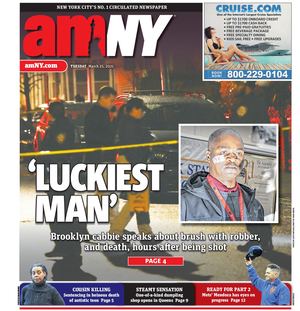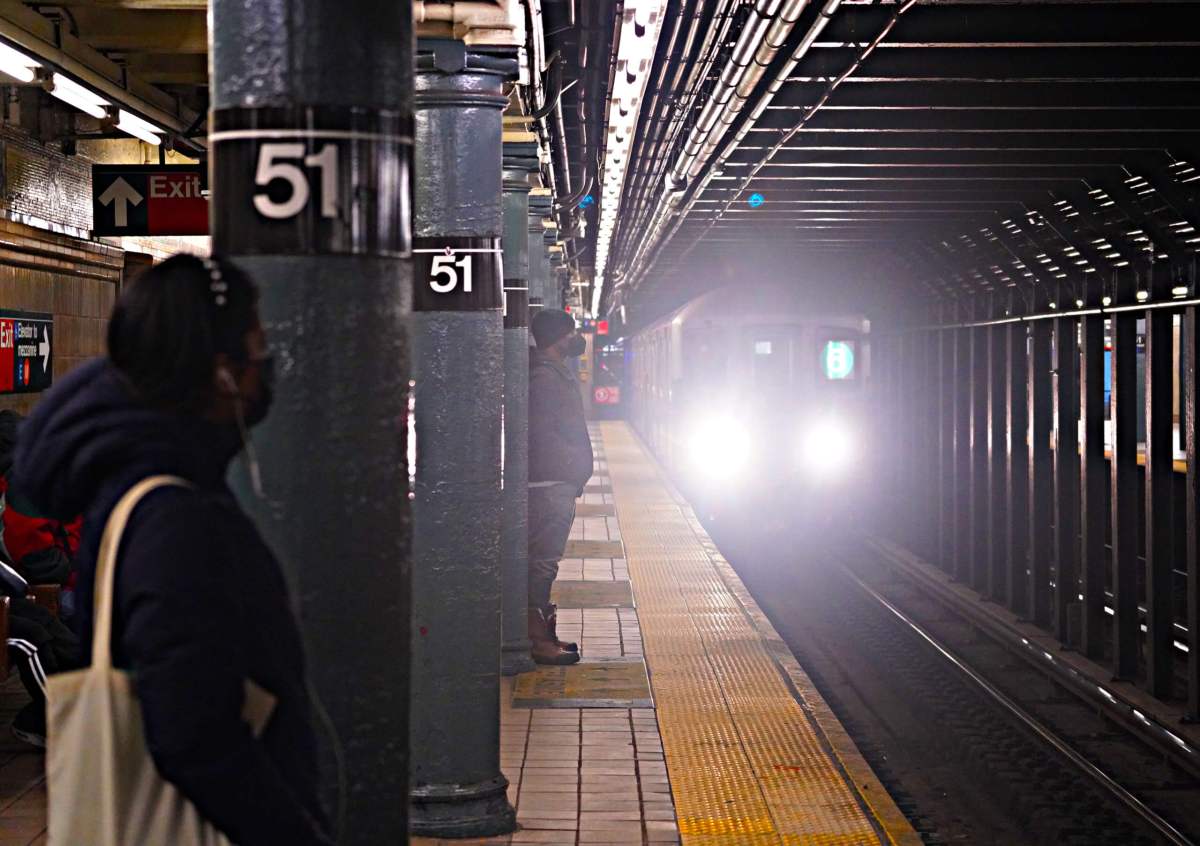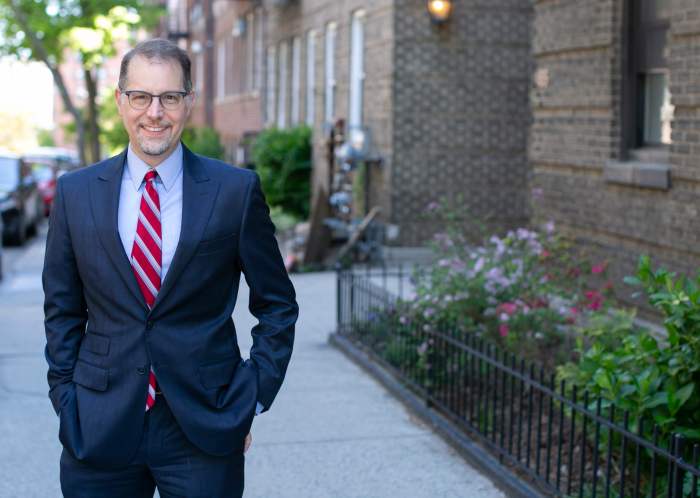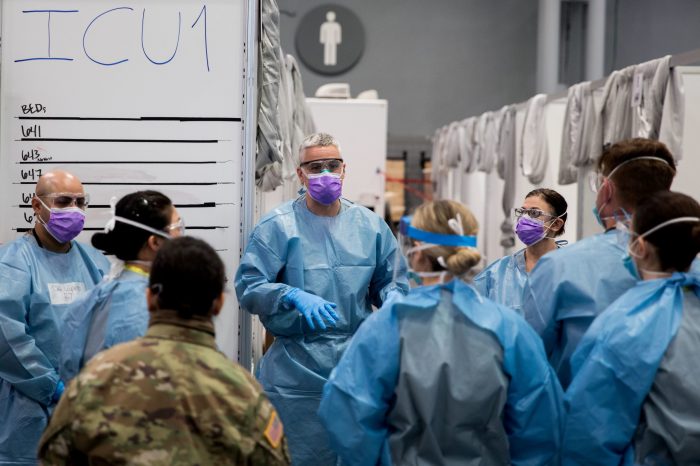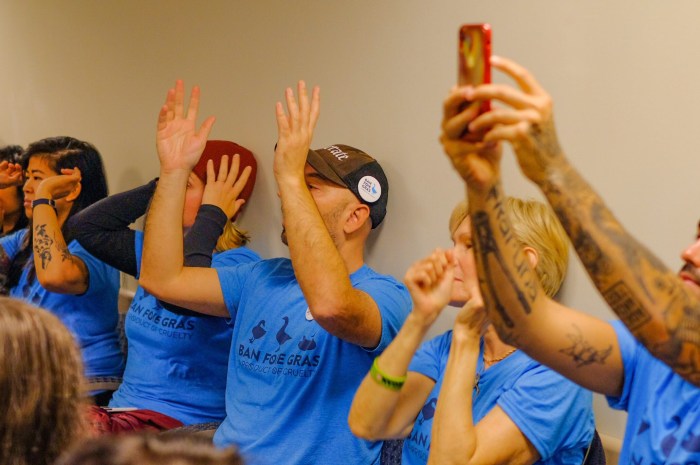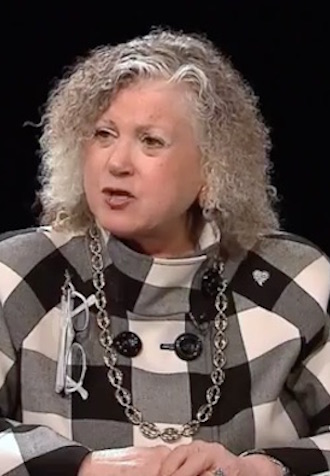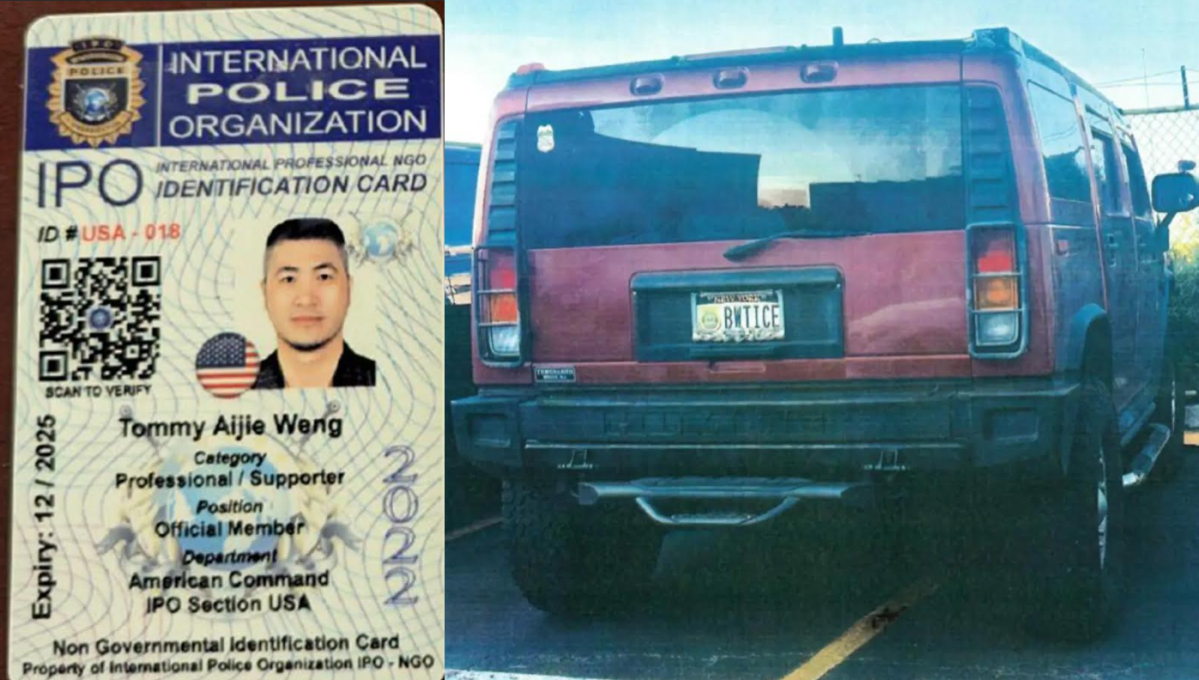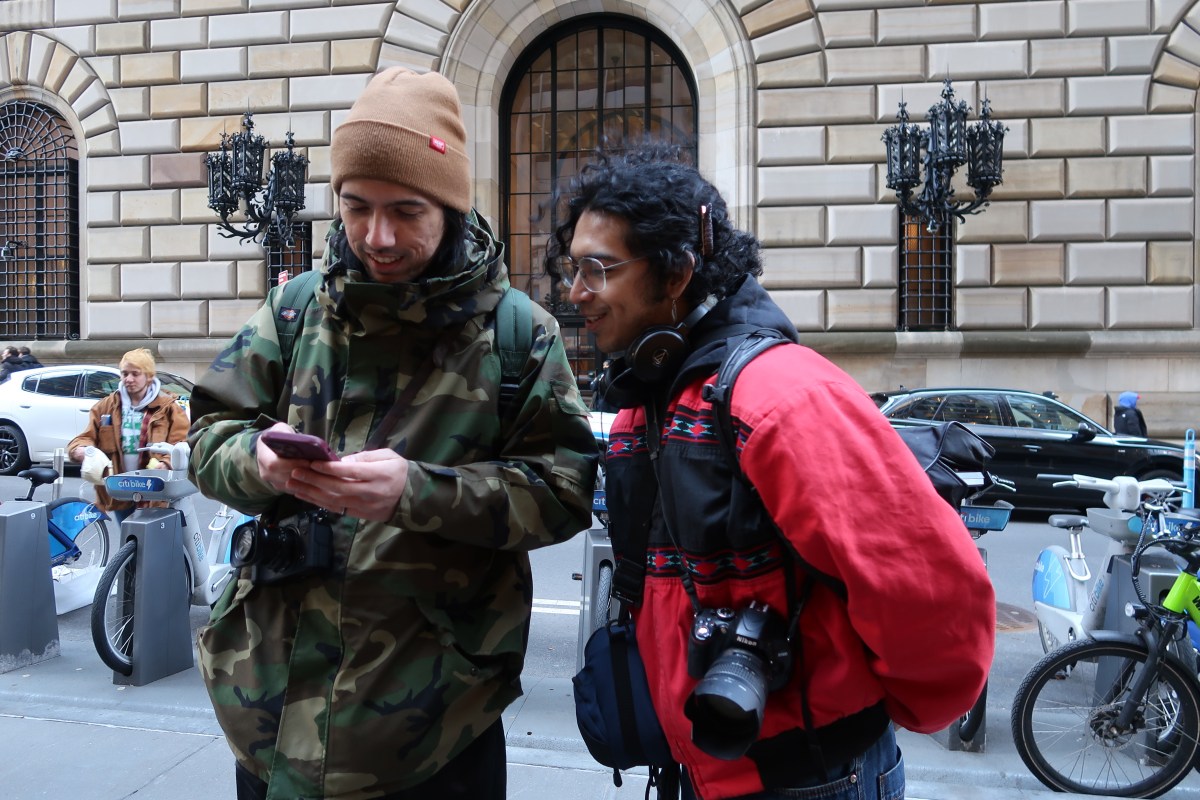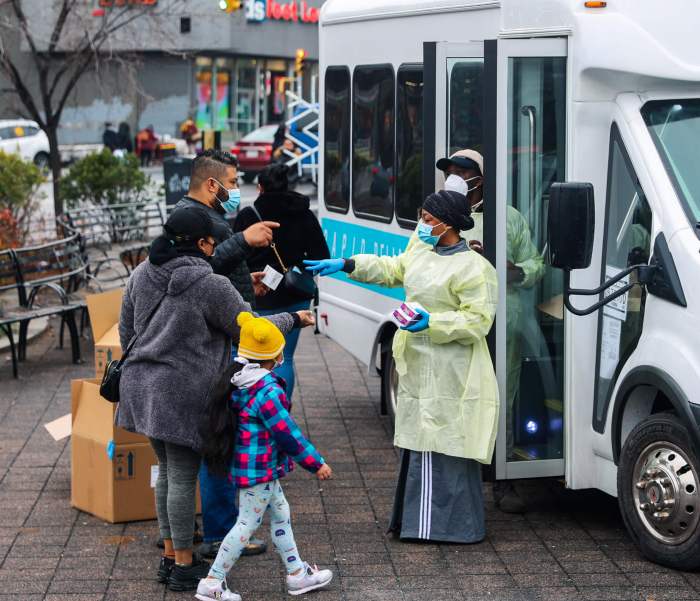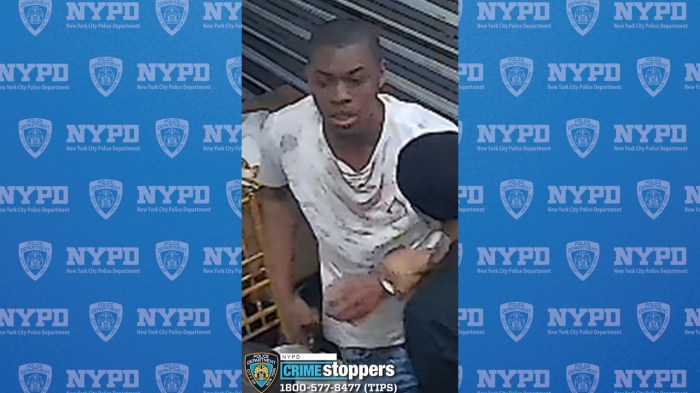Manhattan Borough President Mark Levine is mounting pressure on the MTA to take action and release what he believes to be vital information following more deaths on subway tracks this week.
As previously reported on amNewYork Metro, Manhattan Borough President Mark Levine sent a letter to MTA Chairperson and CEO Janno Lieber insisting that subway platform doors be installed in hopes of preventing needless deaths such as the tragic killing of Michelle Alyssa Go. However, Lieber rebuked the notion, slamming elected officials for perpetuating the state of mental health in the city. But the feud did not end there.
amNewYork Metro has learned that Levine sent a second letter on Feb. 10 to the transit service head requesting the release of transparent and easily digestible data regarding just how many individuals have been injured on the train tracks, along with other safety concerns. Yet according to the Manhattan Borough President, he still has failed to receive a reply, during which time more individuals have been struck by trains. Beginning Feb. 15 night and into the following day, three people were struck by subway trains in a 10-hour time frame (two in Manhattan and one in Brooklyn). On Feb. 17 another individual was hit and killed by a train on 125th Street in Harlem.
In the letter obtained by amNewYork Metro, Levine acknowledges that while the MTA is updating and improving their Open Data Program, he suggests that the MTA should report each separate incident of individuals, police, and medical services entering the trackbed and the corresponding delays caused instead of a combined statistic and include both the subway line and station (as well as reporting each collision incident involving individuals struck by trains).
The MTA told amNewYork the wellbeing of straphangers is their top priority and are actively working to improve conditions.
“Safety of our customers is paramount, and the MTA’s Track Intrusion Task Force is working aggressively to find solutions for the detection and prevention of incidents involving trains striking people, as well as to enhance the amount of available public information. Data is consistently released about all facets of transit operations, including the 3,920-page study on the feasibility of subway platform-edge barriers that has generated considerable public discussion. Whatever steps are taken to protect riders need to be carefully considered, effective and provide substantial value to taxpayers whose money is being spent,” MTA spokesperson, Michael Cortez said.
Levine, however, believes that there are still far too many tragedies taking place on the tracks, and that they are preventable.
“It is imperative that we take common sense steps to both protect New Yorkers and make our system more resilient. I’ve called on the MTA to take this problem seriously by implementing a pilot program to install platform screen doors and have asked them to release specific data about incidents of fire or someone being struck by a train. This data will be critical to understanding and holistically fixing the complex issues on our public transit,” Levine said.
On Feb. 18, the Mayor released a subway safety plan intended to address concerns underground by expanding response teams throughout the city, adding trained clinicians to connect those in need with resources, and directing NYPD officers to enforce MTA rules in addition to calling for changes to State and Federal laws, Including Kendra’s Law.
